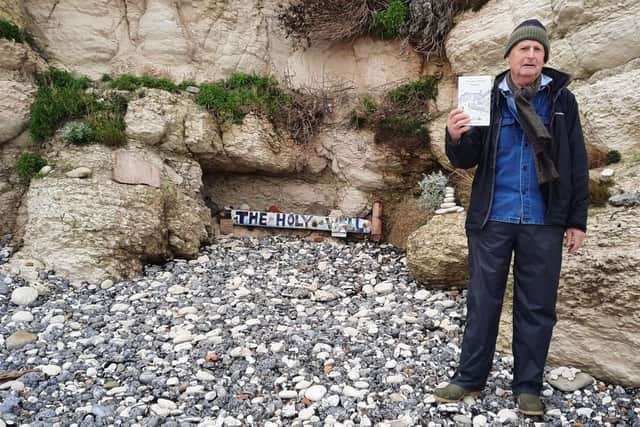Georgian Meads - book on family life in the rural hamlet
and live on Freeview channel 276
.
But what were these people like you may ask? Only your imagination can bring these characters back. So here’s some help. They were not like us, but they were like us. They ploughed with oxen, planted and harvested. They watched their food grow on the chalky thin soil around them. Their grain, turnips, beans, parsnips and mutton bone, provided a pottage that labourers looked at with longing eyes after a day on the plough.
Fresh ale brewed by Nell at the Ship Inn helped the days go by. In this remote rural hamlet of Meads few could read and few could write. Spirits ruled, rural myth ruled, religion ruled and science was on the horizon. Definitely not like us.
Advertisement
Hide AdAdvertisement
Hide Ad

But their emotional lives were like us. They loved, cried, laughed, hated and deceived. Young love’s secrets, the sadness of parting and the search for family safety all register highly on the emotional counter of today.
Writing this novel in the pandemic lockdowns has been long journey for me. A long fabulous and pleasant journey as my thoughts were with these rural hardworking people living in a world close to nature.
The book can be considered organic as it has not been processed by a publishing house, does not contain AI and is freshly available. Proof reading services were provided by a friendly neighbour. It has 304 pages, 4 pages of pics, is not on Amazon but can be found in Eastbourne’s Meads Street shops.
The facts are based on material from the National Archive; a map of Colstocks Manor indicates Meads Street in the year 1739 and a Victorian artist’s diary (1835 – 37) shows a sketch of old cottages in a nearby track that is now Beachy Head Road. The beach and Holywell feature in this book.